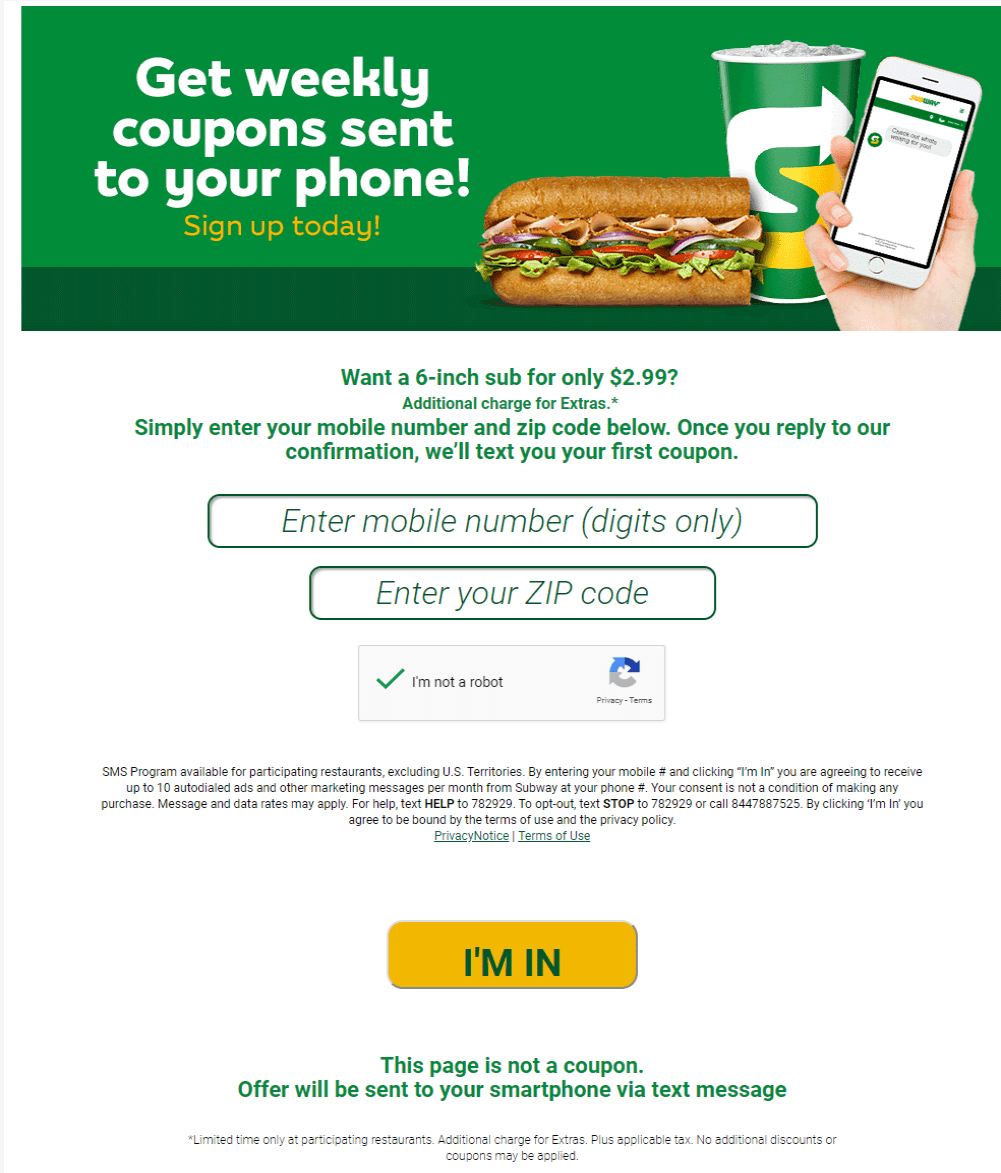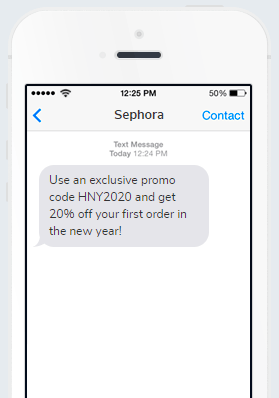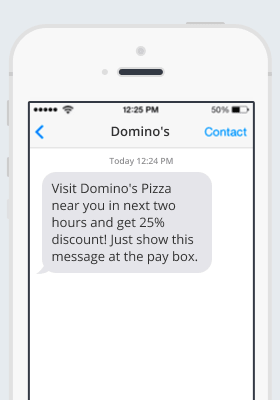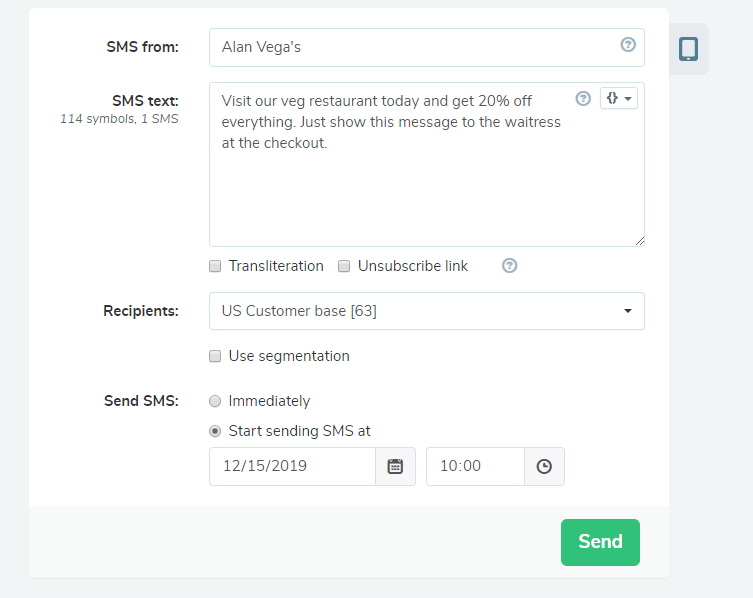SMS Marketing Best Practices
SMS marketing has a lot to suggest to companies: an incredibly high open rate — up to 98%, according to Gartner, and a considerable level of engagement if performed right. SMS campaigns work best for the local audience so that you can send promotions, updates, and advertising in just a few minutes.
Technically, SMS marketing means sending short text messages via an SMS gateway, which is an interface that allows texting without using your phone. It transforms SMS into email or HTTP-requests and vice versa.
So let’s now dive into best practices that will help you build a consistent and effective SMS marketing strategy!
Register Sender ID
To send bulk SMS in countries like Ukraine, Saudi Arabia, Russia, and UAE, you need to register your sender ID. In Russia, for example, this process may take up to two weeks, so keep that in mind when you want to start sending text messages.
The Sender ID is an element similar to the sender’s name in email marketing — it is the first thing recipients look at when they decide whether to open or not.
Opt-in Users
Some countries like the USA have similar laws in the industry of mobile communication like the CAN-SPAM Act that regulates email marketing. It means that you can’t just take a list of phone numbers from some third parties and send promotional SMS to those people.
Get their explicit consent first, which is called an SMS opt-in. Explain how users can stop receiving communication, in case they don’t want to get any messages from you. Usually, it’s a message like STOP. Another way to show your respect is to add an unsubscribe link to the SMS, but it will take some space away from your marketing message.
In the image below, Subway uses a subscription form to opt people in for relevant promotions from the nearby venues since they also ask for a ZIP code. In the very beginning, they explain why they need the phone number: for sending weekly coupons.

Only Offer Exclusive Deals
Special offers are the #1 incentive to join your mobile list. Make sure you don’t make the same offers on every medium like emails, social media, chatbots. Mention that the offer is exclusive when you collect phone numbers with the help of subscription forms, for instance.
A mobile phone is something very personal for most people, so don’t interrupt their privacy for no reason, but keep your mobile audience engaged with exclusive deals.
Below is an SMS from Sephora, which offers an exclusive promo code to encourage shopping soon after the New Year.

Write a Smart and Targeted Copy
There is only a short time for you to capture the recipient’s attention, so make sure you put your deal in the first place. Use a strong and clear call to action, which explains everything your subscribers need to do to take advantage of the sales. Use a time-sensitive element, because it adds extra value and creates the fear of missing out.
Keep your message within 160 symbols limit. Otherwise, it will be divided into two SMS, which will be difficult to read and twice as expensive.
Domino’s in their promotion SMS put the offer first and explained what actions need to be taken to grab their 25% off.

Personalize SMS
Personalized text messages arouse a friendly feeling about your brand. Start with the user's name, which you get during their subscription. With SendPulse, you need to add a variable {{name}} to the text of the message, and it will automatically take the name from the list.
Go beyond the name and segment your audience based on some common characteristics like age, gender, location, etc. It will increase your chances of attracting attention since you will provide more personalized content.
In the example below, Chelsea used a person’s name and targeted the message based on a typical fan’s persona: a male between 24-45, very likely to have children, thus interested in buying merch for all the family. There is also a serious incentive to come and purchase — a chance to win tickets to the final.

Send at the Right Time
Learn what time is best for communicating with your audience. When the information is valuable for today, send emails between 9 am and noon. In case the offer is valid for the upcoming weekend, send the SMS on Friday between 5 pm and 9 pm. Avoid sending early in the morning or late at night because it will irritate users, leading to unsubscribing.
Schedule your SMS campaigns, getting your mobile marketing automated. Here’s how you can do it in SendPulse.

With these SMS marketing best practices at hand, you can build long-lasting relationships with your mobile audience. Let SendPulse take care of the technical side of things for you to focus on more critical issues.
Last Updated: 25.09.2024
or